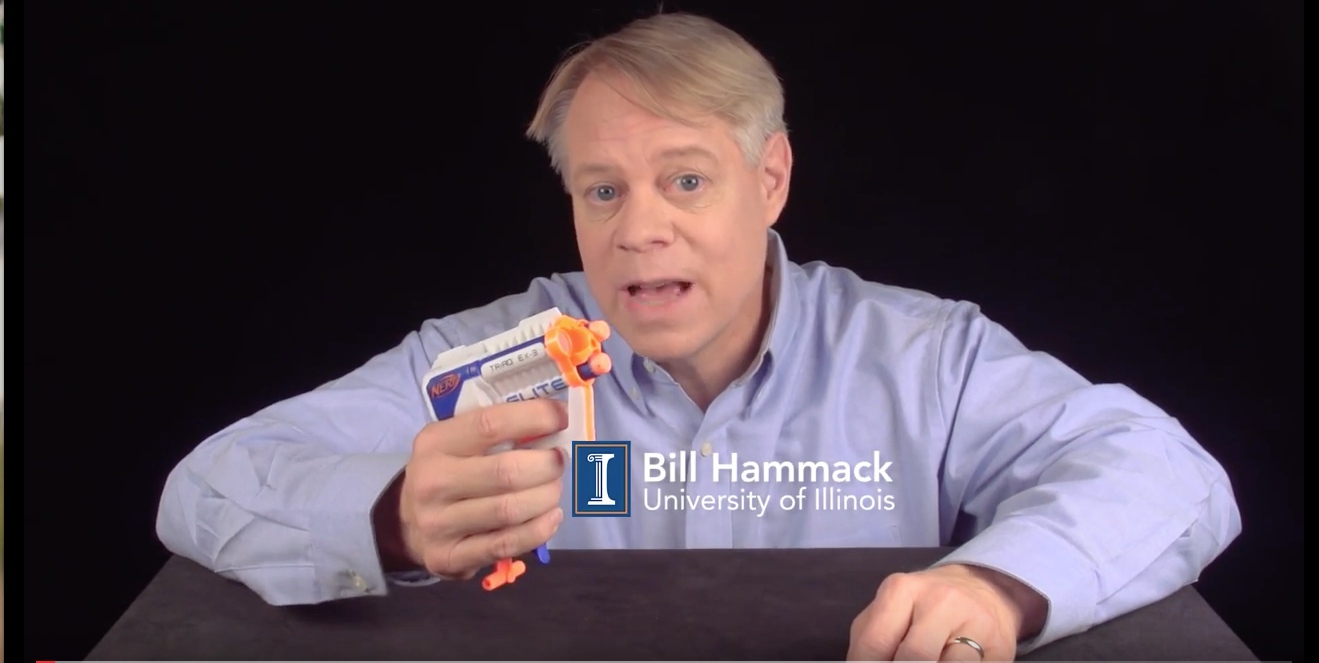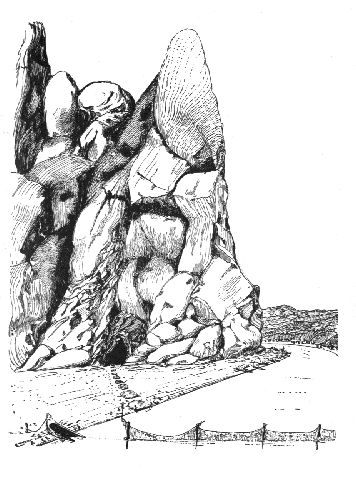After work this afternoon I’m going to pick up my son early and head to south Reno, NV to the University of Nevada, Reno’s Redfield campus, 18600 Wedge Parkway off Mount Rose Highway for a Transit of Venus Viewing Party.

“It’s very, very rare,” Fleischmann Planetarium Director Dan Ruby said. “It’s being presented as a very big deal for the rest of the world.” [RGJ]
So What?
Many non geek types might be wondering, why is this interesting? Well, hundreds of years ago, it was an important way for early astronomers to measure the distance between the Earth and the Sun and gage the size of our solar system. Planetary transits are the primary way astronomers are discovering planets orbiting stars in other solar systems, so this helps them hone their planet finding techniques.
But the real reason it is interesting is that the next one is so far off, at least on a human scale.
The next Venus transit will be in 2117. That is 105 years from now. It’s unlikely that anyone reading this today will still exist then. Think about that: The next time the orbits of Earth and Venus align just so to create a transit, the world will be entirely populated by an entirely unborn generation. That essential point about time is really what makes this transit worth a moment of your own. [NPR]
How to View the Transit of Venus
You can view this the same way you would view an eclipse, though the black spot will be much much tinier so it will be hart to see using a pinhole eclipse viewer. You can of course use your Eclipse glasses, but same problem it will be very small.
NASA will be live streaming the Transit of Venus here. And Planetariums and observatories around the country like Fleischmann Planetarium in Reno will be hosting viewing parties.
You can use a telescope or binoculars to project the image of the sun onto a surface.
More tips on viewing the Transit of Venus.
-Mike










Add comment